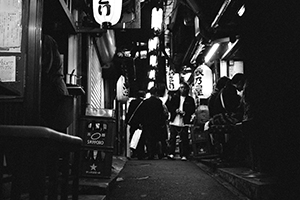 As the former imperial capital of Japan, Kyoto holds a special place in Japanese history and architecture. It was one of the few cities in Japan spared from the intense firebombing during WWII since it was deemed an important cultural asset. Because of this, numerous old-fashioned temples and shrines, raked pebble gardens and private teahouses still dot the Kyoto landscape. One distinct type of architecture that particularly stands out is the Kyoto Machiya or townhouse.
As the former imperial capital of Japan, Kyoto holds a special place in Japanese history and architecture. It was one of the few cities in Japan spared from the intense firebombing during WWII since it was deemed an important cultural asset. Because of this, numerous old-fashioned temples and shrines, raked pebble gardens and private teahouses still dot the Kyoto landscape. One distinct type of architecture that particularly stands out is the Kyoto Machiya or townhouse.
These simple wooden structures reflect the unadorned beauty representative of traditional Japanese architecture. Made from stone, wood, clay, bamboo and paper, these houses provided both a workspace and living area for merchants and artisans during Japan’s Meiji period (1868-1912).
Though once prevalent throughout the city, these machiya are now in danger of disappearing as many have become dilapidated or have been replaced with more modern accommodations. An alarming 500 are demolished each year. But one conservation organization is breathing life back into these fading cultural treasures. Iori, which was founded by Japanologist Alex Kerr, refurbishes machiya and rents them out to visitors hoping to enjoy these ancient works of art. Currently, the company has successfully restored 10 machiya with most of them having been constructed more than 100 years ago.
The townhouses have been renovated in such a way that the original structure is preserved. Machiya are affectionately nicknamed “unagi no nedoko,” or where eels sleep because of their narrow but long design. This design is said to have originated as a way of avoiding paying high taxes since the property was taxed-based on the amount of street frontage the building occupied. The more space the dwelling took up in width, the steeper the taxes were. Consequently, machiyas ended up being narrow, long houses.
At the front of the machiya is the mushiko mado or insect window, which runs along the second floor. The window is comprised of a series of slits that are arranged in such a way that people inside the house can see clearly outside without being seen by people passing by.
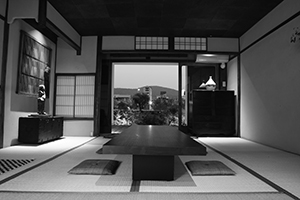 Back in their heyday, when they housed merchants, the rooms in the front of the machiya served as the shop area where merchants and artisans could exhibit and sell their products, while the rooms in the rear served as living quarters. The tori-niwa corridor, which stretches from the front of the house to the back, connects the two areas.
Back in their heyday, when they housed merchants, the rooms in the front of the machiya served as the shop area where merchants and artisans could exhibit and sell their products, while the rooms in the rear served as living quarters. The tori-niwa corridor, which stretches from the front of the house to the back, connects the two areas.
Unlike a Western house, which has a large and complicated foundation supporting the entire house, the base of the machiya is markedly simple and consists merely of a large flat stone foundation on which vertical wooden beams are placed. These beams support the rooms, which are raised above the ground to allow air to circulate and help cool down the house during the humid summer months. The floor of most of the rooms is comprised of tatami or rectangular shaped woven straw mats, which are typically found in ryokans as well as old Japanese houses, while the walls are composed of sand, straw and clay. The rooms are separated with sudo bamboo doors in the summer, which are then replaced with fusuma sliding doors in the winter. Most machiya will also have a tsuboniwa or small garden the size of two tatami mats inside its premises. The garden not only provides tranquil beauty to the house but it allows more light to filter into the interior of the building.
Every one of the 10 properties that Iori rents out has a unique history behind it, adding to its mystique. One home previously belonged to a local physician while another was once the residence of a noted geisha. Although the townhouses were originally constructed a century ago, staying in one is by no means an uncomfortable experience. Each machiya has been updated with such modern amenities as heated floors, fluffy futons, heat and air conditioning, broadband Wi-Fi and a small but well-equipped kitchen. Some of the cedar and cypress wooden baths or spacious stone baths even overlook a Japanese style garden, which is illuminated at night. The house’s surrounding areas also offer picturesque views and glimpses into the traditional culture of Kyoto. The Kamo River, which runs through the heart of the city, and Higashiyama mountains can be seen from the newly restored Minoya-cho machiya while the Gion Shinmonzen machiya offers direct access to the shops and restaurants of Gion, the most famous of Kyoto’s geisha districts.
This mix of modern day comforts found in the old world environment of a restored machiya offers the visitor to Kyoto a unique opportunity to experience Japan’s cultural capital first-hand. To learn more about renting a machiya from Iori, please refer to kyoto-machiya.com. The prices will depend on the location of the machiya, the number of guests, and the season that the rental takes place.
Story by Erika Wiseberg
From J SELECT Magazine, February 2010

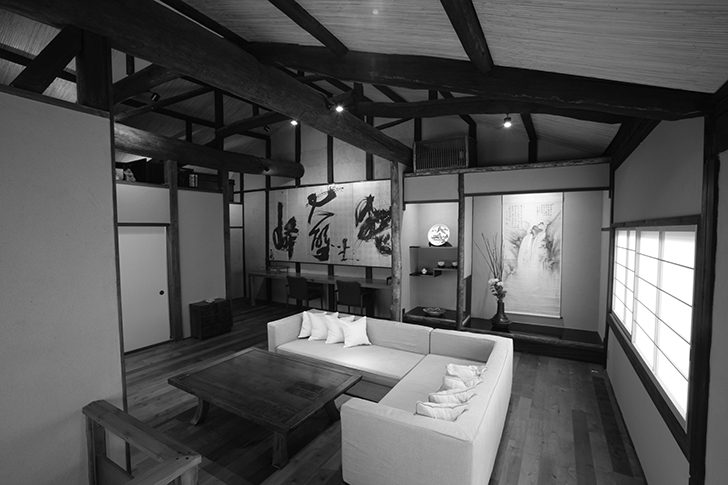

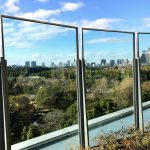

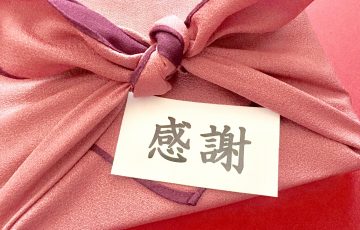
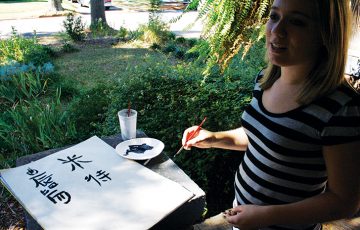
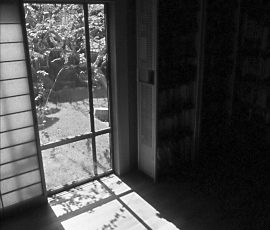

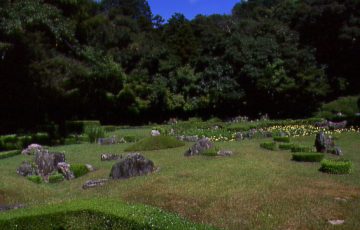

-360x230.jpg)
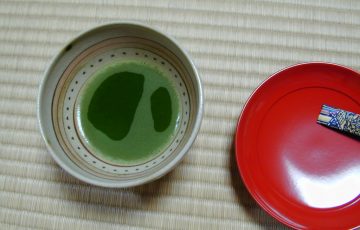


Recent Comments